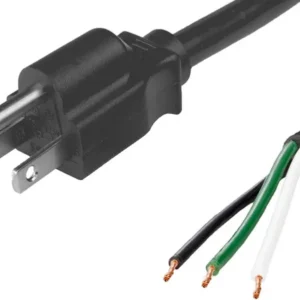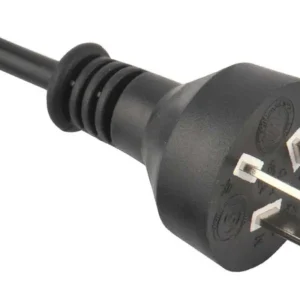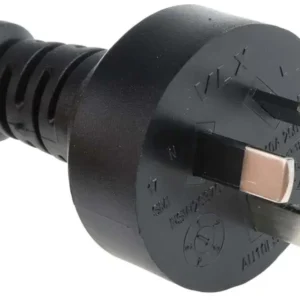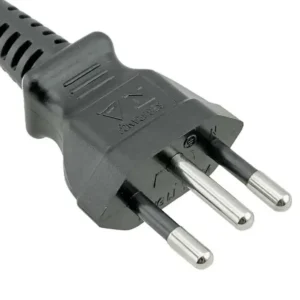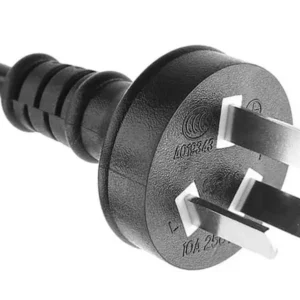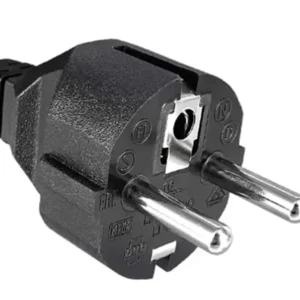Two Prong Power: Unveiling the Mysteries of Type A and B Plugs
North and Central America rely on two main types of wall plugs: the ungrounded Type A and the grounded Type B. While they share some similarities, understanding their key differences is crucial for safe and effective electrical use.
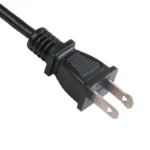
Type A: The Classic, Ungrounded Design
- Features: Two flat, parallel prongs, similar in width, allowing insertion in either direction.
- Safety Concern: Lacks a grounding pin, increasing the risk of electrical shock in case of faults.
- Application: Primarily found in older buildings in the US and Canada, not permitted in new constructions due to safety concerns.
- Rating: Handles up to 15 amps, suitable for most household appliances.
Type B: The Modern, Grounded Standard
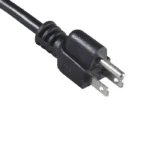
- Features: Two flat, parallel prongs accompanied by a round grounding pin. Requires specific orientation for insertion.
- Safety Advantage: Includes a grounding pin that channels stray electricity away from the user in case of faults, enhancing safety.
- Application: Mandatory in new constructions throughout North and Central America due to its improved safety features.
- Rating: Similar to Type A, with a capacity of 15 amps.
Beyond the Basics: Hidden Details of Type A and B Plugs
- The Hole-y Truth: Some plugs have holes near the tips. These can engage with bumps in the socket for a tighter grip and prevent accidental disconnection.
- Locked In: Certain outlets offer locking mechanisms that secure the cord in place, often used for equipment like vending machines.
- Sealed with Instructions: Manufacturers might utilize the holes to secure tags with instructions or warnings before allowing the device to be plugged in.
Understanding these distinctions is essential for safe electrical practices. When dealing with older buildings or traveling to different regions, familiarizing yourself with the local plug types is vital. Always prioritize safety and avoid using incompatible plugs or forcing connections.
